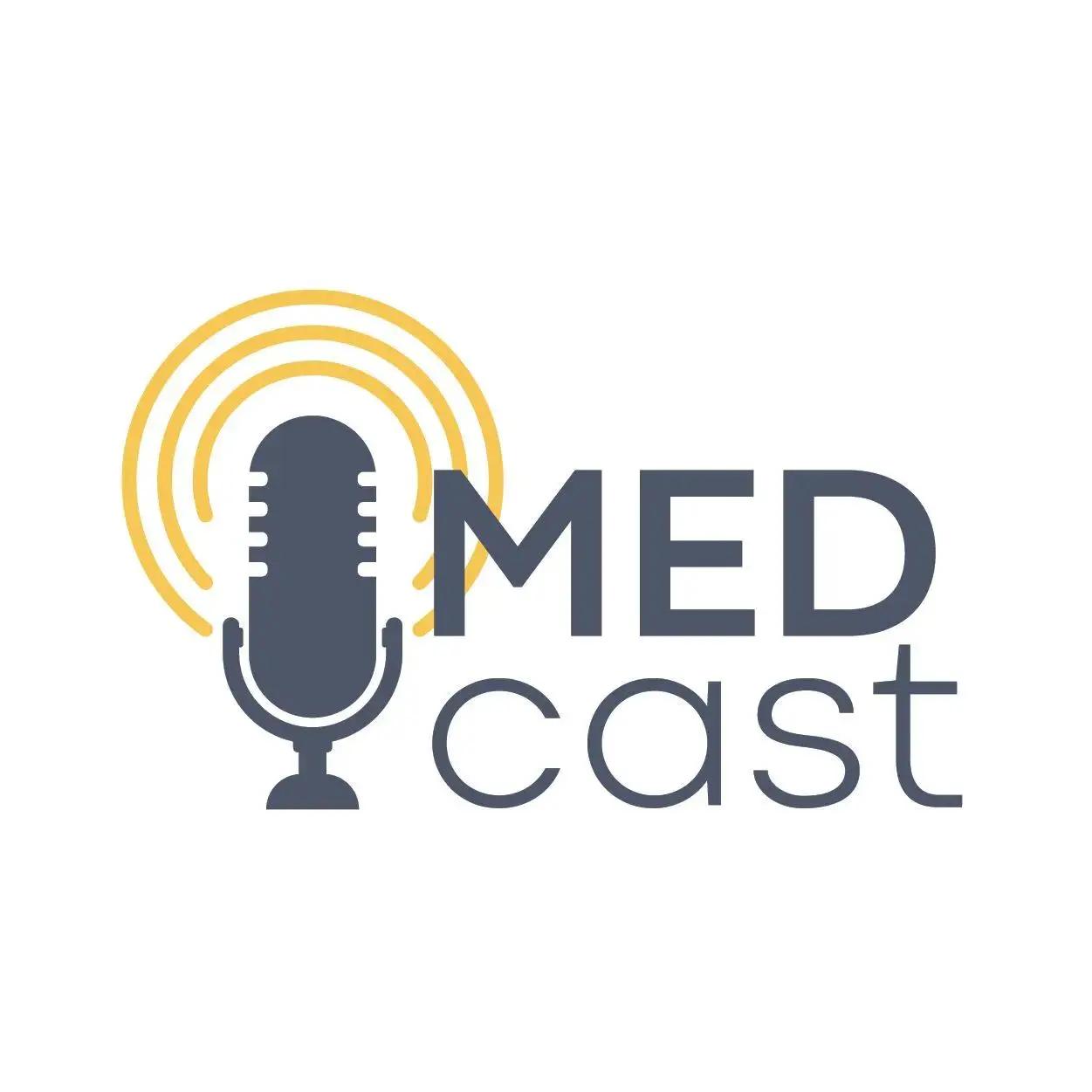Article
Neurogenetics: Past and Future Advances
Author(s):
How will advances in sequencing technology transform the field of neurogenetics?
What does the future of the field of neurogenetics look like? Using mitochondrial disorders as an example, Horvath and Chinnery, in their recent JAMA Neurology editorial, discuss advances in sequencing technology and its power to transform the field of neurogenetics.
Mitochondrial disorders are rare and difficult to diagnose; a long, expensive, and time-consuming diagnostic process may render inconclusive results. Yet genetic diagnosis is important because the nature of the gene defect defines the mode of inheritance and, hence, recurrence risk.
Since the initial identification of mitochondrial disorders in the late ‘80s, much progress has been made in defining inherited neurological disease. However, mutations in mitochondrial DNA (mtDNA) were easier to define than those in nuclear DNA.The progress in defining the latter was slow until the late 2000s, when massively parallel sequencing technology became commercially available.
This technology, also known as next-generation sequencing, enabled diagnosis of autosomal recessive disorders with a defined defect in a single respiratory chain enzyme complex, but it wasn’t until wide adoption of exome sequencing by 2012 when more complex disorders could be diagnosed. For example, the use of exome sequencing to diagnose mitochondrial disorders with multiple defects in respiratory chain complex enzymes and no underlying defects in mtDNA increased molecular diagnostic yield from 5% to over 60% of patients. The use of exome sequencing facilitated the discovery of an incredible diversity of disease genes in patients with biochemically proven mitochondrial disorders. Many of these genes were found in nuclear DNA.
While the importance of exome sequencing in understanding of mitochondrial disorders is undoubted, so are its limitations, eg, its inability to capture certain fragments of coding space and the entire noncoding space. Other technologies, such as whole-genome and RNA sequencing, can aid in understanding of the pathogenic role of noncoding variants in mitochondrial disorders.
Whole-genome sequencing in particular is gaining greater diagnostic significance. The current diagnostic approach to mitochondrial disease comprises several steps starting with analysis of tissue biopsy or a genetic blood test, followed by, if necessary, next-generation sequencing gene panel, exome sequencing, and finally, whole-genome sequencing. As whole-genome sequencing becomes less costly and easier to interpret, next-generation and exome sequencing steps would be omitted. This is expected to simplify diagnostic process in the near future.
The sequencing technology was instrumental in the development of neurogenetics. Despite the progress made in the field over the past 25 years, it is not yet mature, with challenges, such as interpretation of novel variants, still pending. Once successful molecular diagnostics becomes routine – soon, predict the authors – development of precision therapies will emerge as a new, pressing challenge for those working in the field.
How do you see the future of neurogenetics? What will become the next major development in the field?
Reference: Horvath R, Chinnery PF. The effect of neurological genomics and personalized mitochondrial medicine. JAMA Neurol. 2017;74(1):11-13.





